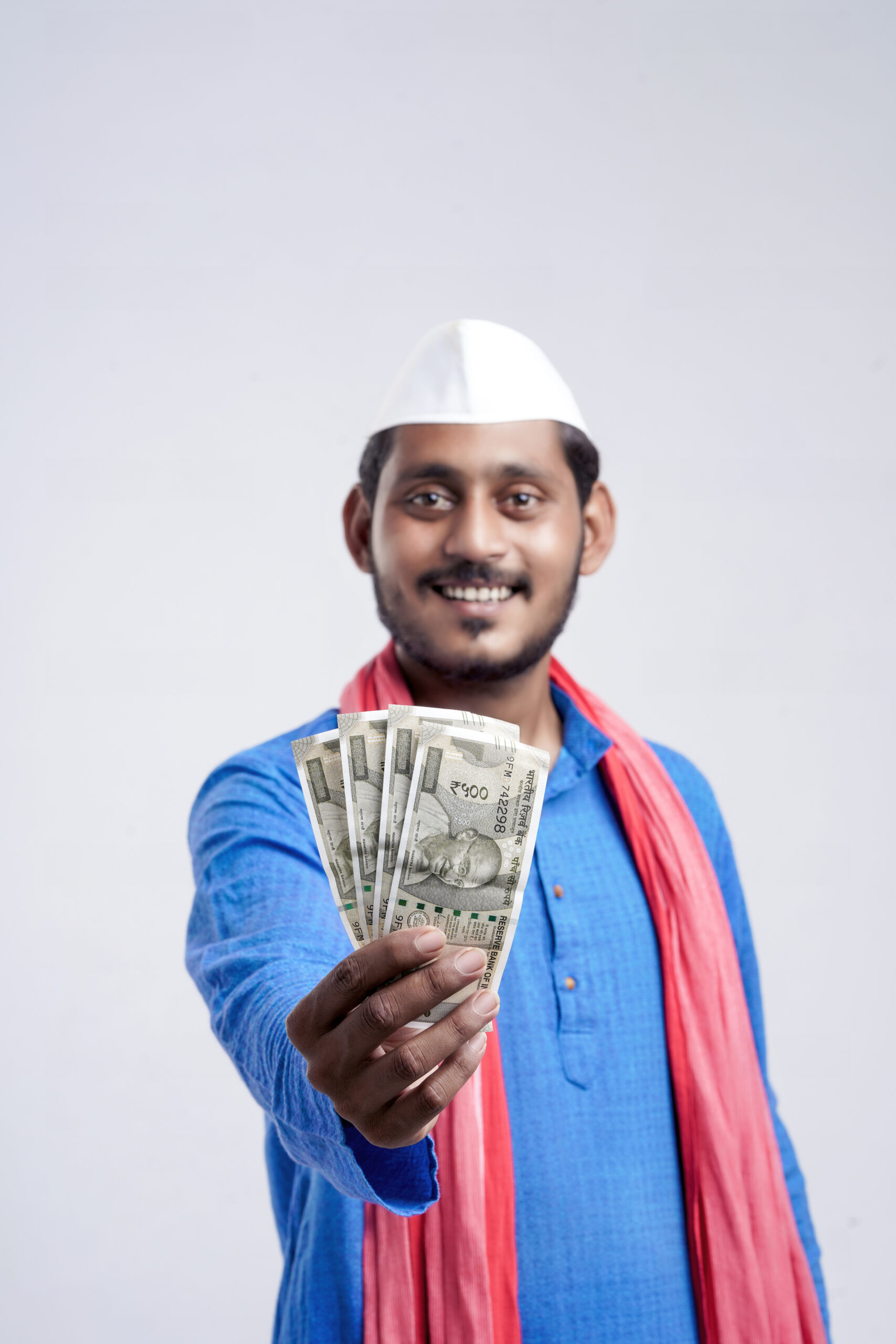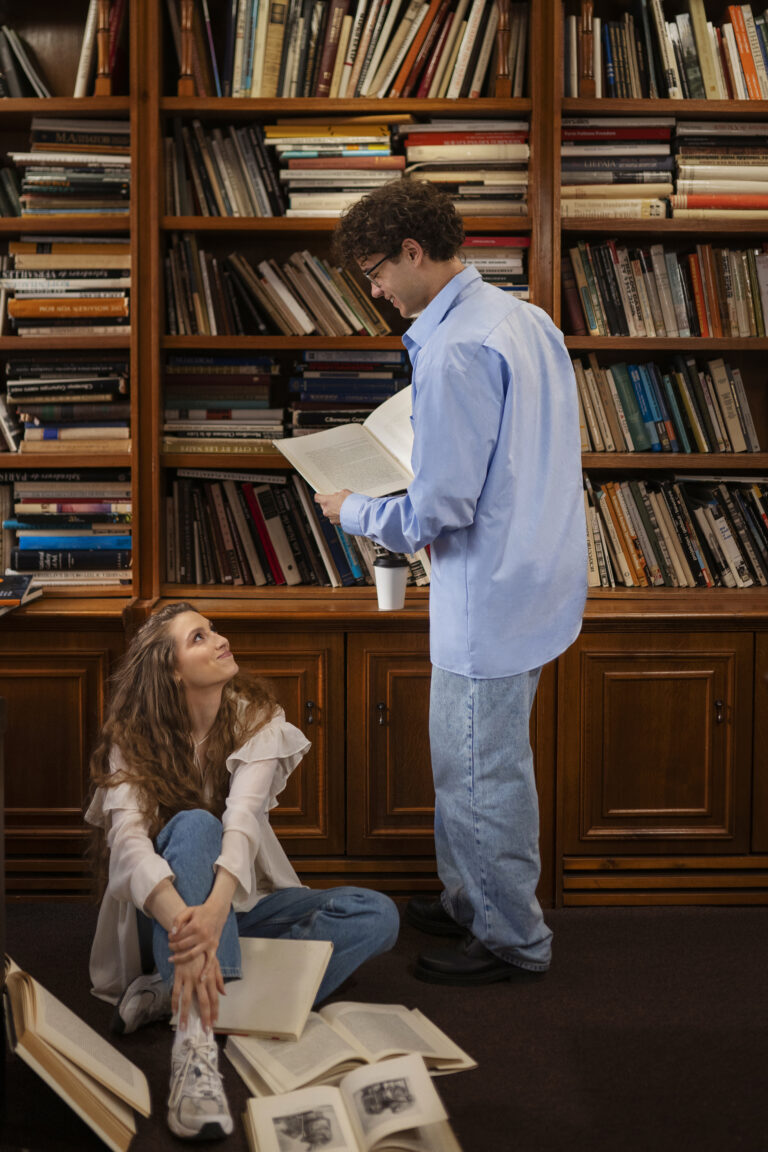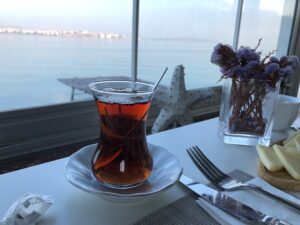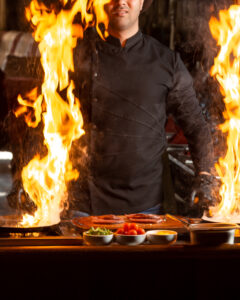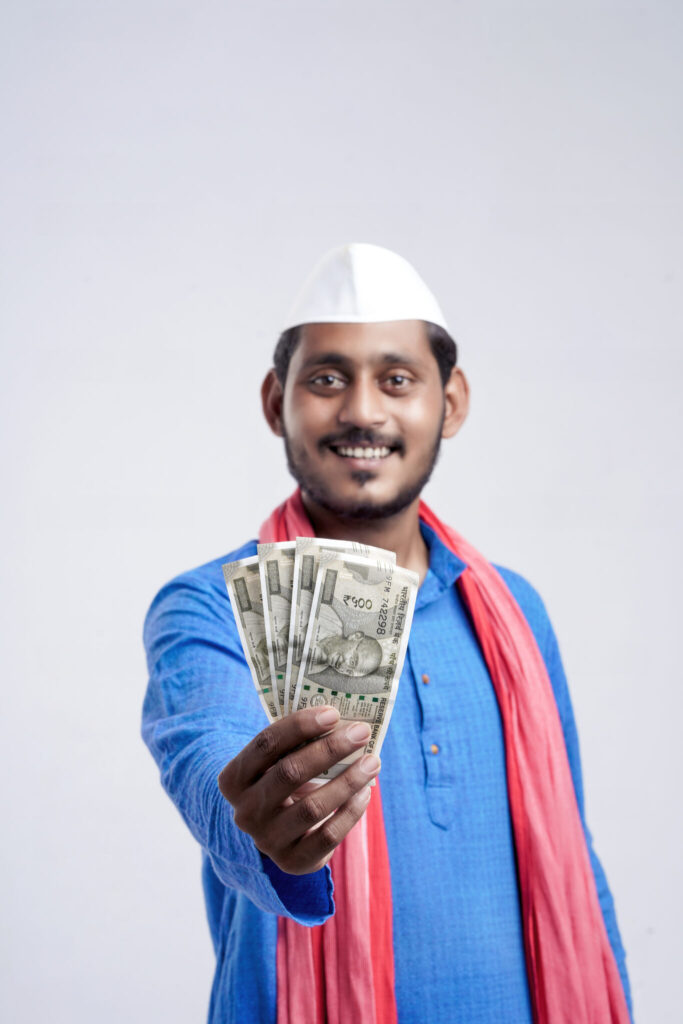
In the 19th century, the island of Ceylon was a remote enclave adrift in the waters of the Indian Ocean. A land of crops and astonishing landscapes, only the elites connected to the British authorities on the island had access to quality education and healthcare—until the hand of Charles de Soysa changed the course of things.
On March 3, 1836, into the De Soysa family was born a boy whom his parents, Jeronis and Francesca de Soysa, named Charles. The child, their only son, grew up surrounded by affection and the comforts afforded by Jerome’s profession as a physician. Charles’s gentle and kind nature, as well as his notable intelligence, soon became evident and emerged as the most striking traits of his personality. Growing up free from worries, he took advantage of his family’s economic means and his own time to educate himself and shape his character around benevolence and altruism.
Around him, on an island framed by the splendor of the Indian Ocean, the overwhelming poverty of the people in the 19th century stood in stark contrast. The lack of opportunities to access quality education, to grow, develop, and prosper, was the rule—not only in Colombo, the capital of the island, but across all of Ceylon. Far from making him arrogant, the vast inequalities between his family and the rest deeply moved his sensitive heart. The poverty of his people was not indifferent to him, and from an early age a dream took root within him: the desire to change the destiny of his own, within the scope of what was possible.
And for Charles de Soysa, those possibilities reached very high and very far. His father Jeronis was the great inspiration of his intelligent son, marking his path from an early age. In addition to being an Ayurvedic physician, Jeronis de Soysa had a talent and eye for business, guiding his son along the same route. As owner of the largest native trading company of his time, Jeronis trained Charles in the art of commerce—and Charles surpassed him by far. In 1863, already married to Catherine (1845–1914), Charles became father to seven sons and eight daughters, and the prosperity he achieved in business made him the richest man in all of Ceylon and even beyond the island’s borders.
A Great Promoter of Trade and Industry in Ceylon
De Soysa pioneered tea cultivation on the island of Ceylon. His fields flourished, launching a commercial venture that had until then been the exclusive domain of Europeans. When the coffee crisis erupted in 1869—a crop then widespread throughout Ceylon—many European planters were forced to return to their homelands. Yet, although the situation was difficult, it did not sink De Soysa’s economy. Instead, he had the foresight to plant tea in the former coffee plantations, a strategy that once again proved highly successful. The tea produced in his fields, a staple commodity for the West, fetched record prices at auction.
As a philanthropist, he left a lasting mark among his people. In the field of healthcare, he managed to reduce the island’s staggering infant mortality rate by creating a support network for expectant mothers, staffed by highly trained Sinhalese midwives. Later, he would donate funds to establish a maternity hospital housed in his former childhood residence. In addition, he spearheaded the creation of Ceylon’s first Faculty of Medicine, its construction financed by his uncle Mudliyar Susew de Soysa and himself. The institution opened on December 9, 1879, alongside the Ceylon Maternity Hospital.
In education, he was the driving force behind a network of free schools supported by a scholarship system, founded in his hometown: the Prince and Princess of Wales’ Colleges. De Soysa allocated the then-astounding sum of 300,000 rupees solely for the construction of the buildings, which rose on the banks of the Lunawa Lagoon in a monumental six-hectare estate. The school, secular in orientation, became a center of excellence for students of both sexes and all social backgrounds. Classes at this renowned institution were taught in both Sinhalese, the language of the masses, and English, the language of the ruling elite.
At a solemn ceremony, the opening of the institution was presided over by Sir William Gregory on September 14, 1876. That same day, the British governor of Ceylon inaugurated St. John’s College in Panadura and St. John’s Church, both projects of his uncle Mudliyar Susew de Soysa. But without a doubt, the true milestone in Charles de Soysa’s educational work was the Princess of Wales’ College, which stood as the first major, ambitious—and successful—attempt to provide secular education to the girls and young women of Ceylon.

